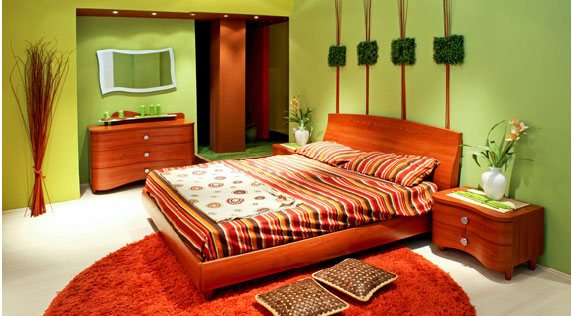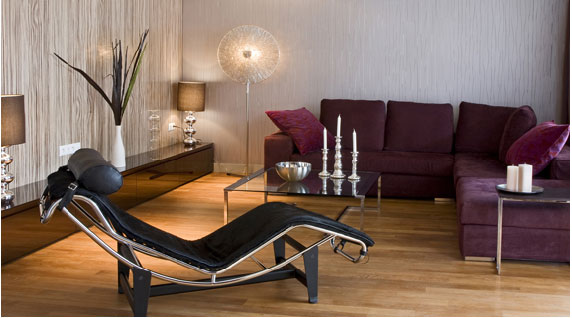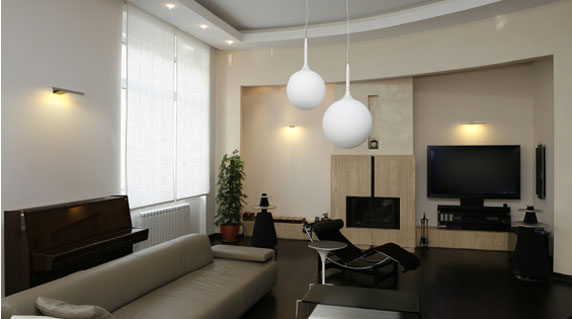Light influences everything
The main purpose of light is to brighten up a room. An important factor to consider however is how the eye is affected. But of course there is another function we may not forget: the room should be illuminated appropriately depending on which mood we’re trying to achieve. Lighting is partly responsible as to whether a room is inviting, cool or unpleasant. The recent advances in the lighting design offer uncountable possibilities and ideas to achieve a balance, which invite comfortable living, however, a good planning is essential.How does lighting work?
Different living areas allow multiple illumination choices – spot lights, wall lighting, uplighters, halogen tracks, table and floor lamps and the list goes on. An important requisite are the sufficient power points, so that whether you’re building or refurbishing, you would make sure your lights can be powered in the right places.Good basic illumination, through a switch right at the door, is the first step towards achieving the right balance. Then you move on to mood building, through illuminating different objects such as paintings, sculptures or reading areas, work and communication spaces, which all require optimized lighting. Various levels of brightness underline the atmosphere in a room and provide the ultimate step to the ideal lighting balance.






